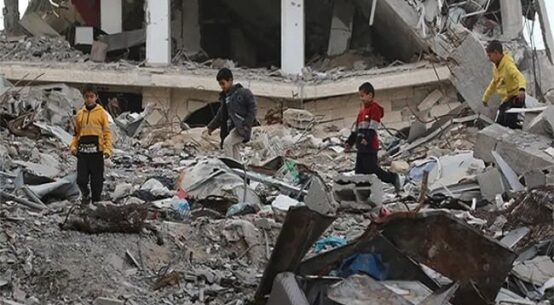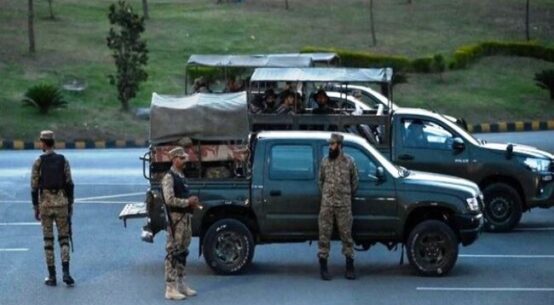
Israel on Tuesday carried out a rare strike on Beirut, which it said killed a top Hezbollah commander who was allegedly behind a weekend rocket attack that killed 12 young people in the Israeli-controlled Golan Heights. The strike in the Lebanese capital killed at least one woman and two children and wounded dozens of people.
Hezbollah did not immediately confirm the commander’s death. The strike came amid escalating hostilities with the Lebanese militant group. An Israeli official said the target was Fouad Shukur, a top Hezbollah military commander whom the U.S. blames for planning and launching the deadly 1983 Marine bombing in the Lebanese capital.
The official spoke on condition of anonymity because he was not authorized to discuss the details of the strike with the media. Shukur is also suspected in other strikes that killed Israeli civilians.
Though Hezbollah issued a rare denial of involvement in the rocket attack Saturday in the town of Majdal Shams, Israel is holding the militant group responsible. “Hezbollah crossed a red line,” Israeli Defense Minister Yoav Gallant posted on the platform X shortly after Tuesday’s strike.
The two sides have exchanged near-daily strikes for the past 10 months against the backdrop of the war in Gaza, but they have previously kept the conflict at a low level that was unlikely to escalate into full-on war.
Lebanon’s public health ministry said Tuesday’s strike in a southern suburb of Beirut wounded 74 people, some of them seriously. The wounded were taken to nearby hospitals. Bahman Hospital near the site of the blast called for blood donations.
Lebanon’s state-run National News Agency reported that the strike was carried out with a drone that launched three rockets.
“The Israeli enemy has committed a great stupid act in size, timing and circumstances by targeting an entirely civilian area,” Hezbollah official Ali Ammar told Al-Manar TV. “The Israeli enemy will pay a price for this sooner or later.”
Lebanese caretaker Prime Minister Najib Mikati condemned the Israeli attack, saying it hit a few meters from one of the largest hospitals in the capital.
The office of Israeli Prime Minister Benjamin Netanyahu did not immediately release a statement, but minutes after the strike sent a photo of the prime minister with his national security adviser and other officials.
The airstrike on Beirut’s southern suburb of Haret Hreik — a crowded urban neighborhood where Hezbollah has political and security operations but which is also full of small shops and apartment buildings — damaged several buildings.
It was not immediately clear if any Hezbollah official was hit, a Hezbollah official said. A Lebanese military intelligence official said they had no information when asked by The Associated Press whether a senior Hezbollah security official had escaped the airstrike.
Both officials spoke on condition of anonymity in accordance with regulations.
The strike hit an apartment building near to a hospital, collapsing half of the targeted building and severely damaging one next to it. The hospital sustained minor damages, while the surrounding streets were littered with debris and broken glass.
A forklift was in the middle of the street, reaching to the top floors of the destroyed building, while utility crews removed fallen power lines. Crowds gathered to inspect the damage and check on their families. Some of them chanted in support of Hezbollah.
Paramedics could be seen carrying several wounded people out of the damaged buildings.
A resident of the suburb whose home is about 200 meters (yards) away said that dust from the explosion “covered everything,” and that the glass in his son’s apartment was broken.
“Then people went down on the streets,” he said. “Everyone has family. They went to check on them. It was a lot of destruction.” He spoke on condition of anonymity out of concern about his security at a tense moment.
Hassan Noureddine said he was riding his motorcycle near the building when he heard the sound of two explosions. “It looked like a strike from a drone and not a jet,” Noureddine told the AP near the site of the attack.


